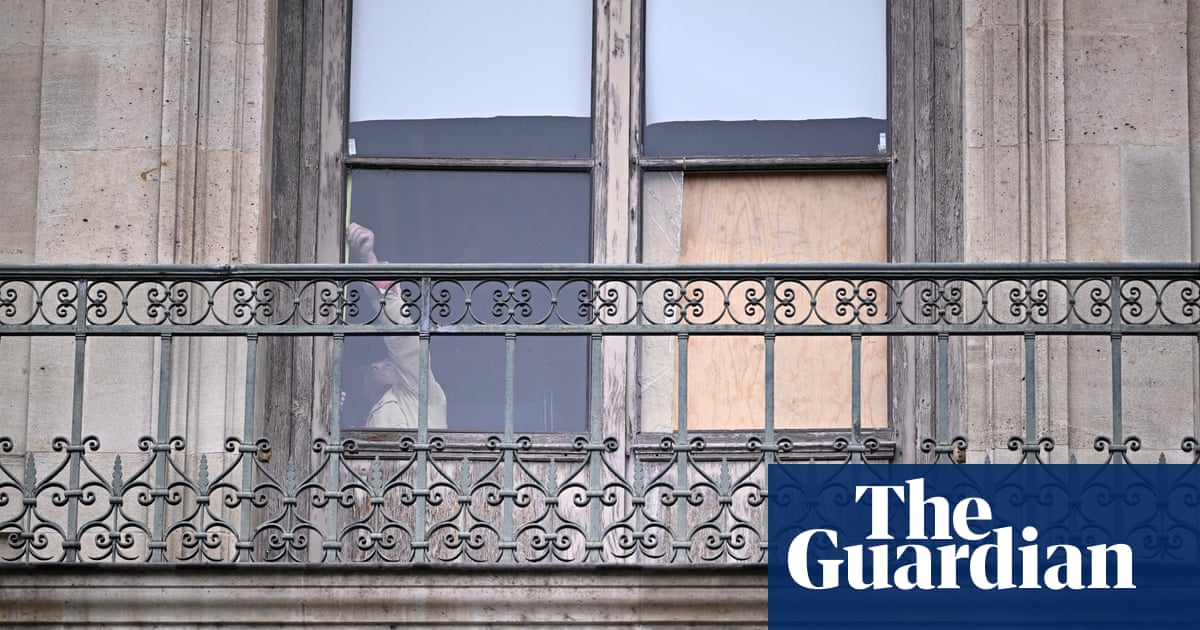
"The location, they suggest, would have been of secondary concern to the criminals. Experts who observe trends in international art crime, however, see Sunday morning's heist at the Louvre as something more prosaic: the latest in a series of smash-and-grab thefts focused more on the material value of precious stones or metals than the artifacts' significance, continuing a pattern that has emerged over the last decade in Germany, Britain and the US."
"You may ask why thieves who want to steal expensive jewellery are breaking into a world-famous museum rather than a Cartier store, said Christopher A Marinello, a leading expert in the recovery of stolen works of art. The answer is simple: it's because these days a Cartier store is better protected. A spate of violent jewellery shop thefts mean that many outlets have beefed up their security in recent years, with armed guards on their premises and wares no longer kept on display overnight."
Eight pieces of Napoleonic jewellery were taken in a broad daylight smash-and-grab at the Louvre, with perpetrators fleeing into Paris traffic on scooters. Recent trends show such thefts prioritize the material value of gems and metals over historical significance. Jewellery retailers have tightened security after a spate of violent shop robberies, deploying armed guards and removing displays overnight. Museums remain publicly accessible in historic buildings and have become relatively exposed, compounded by post-Covid budget cuts to law enforcement and culture sectors, making cultural institutions a more attractive target for opportunistic thieves.
Read at www.theguardian.com
Unable to calculate read time
Collection
[
|
...
]